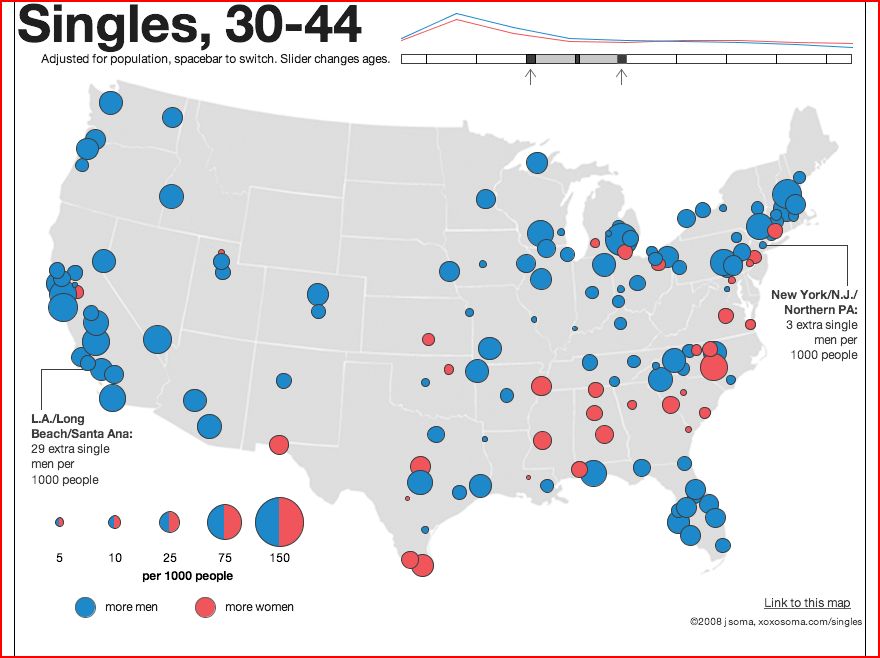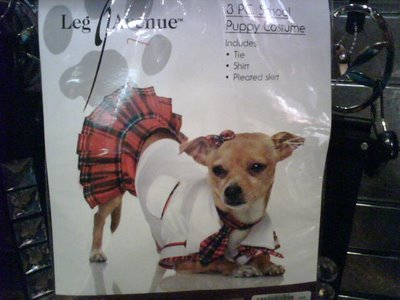The new virgin/whore dichotomy: We should be both! But at different times, of course.
Text:
Color me naughty. Color me nice. MAXalicious naughty & nice gloss collection. Naughty or nice? Virtue or vice? Here’s a gloss for both sides of you. The MAXalicious Gloss Collection features naughty or nice shades, available in two finishes. Collect them all to express your dueling personalities.
See also this post about the virgin/whore dichotomy.

















